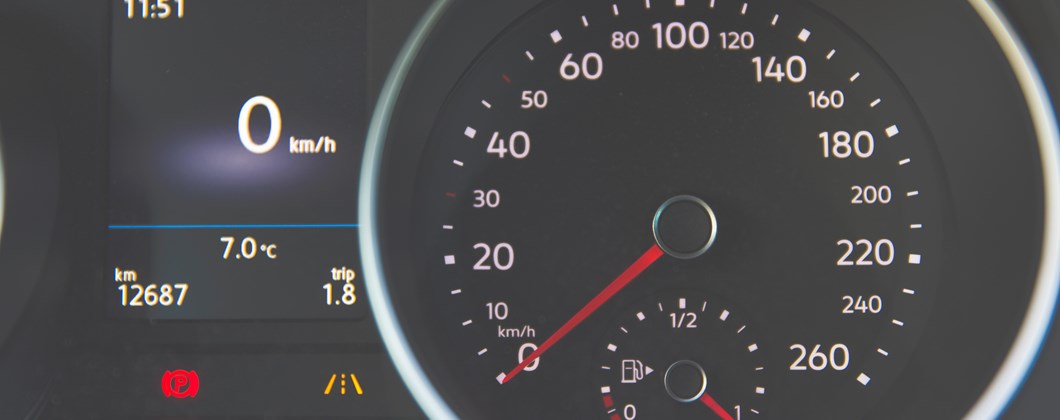The introduction of E10 fuel: How does the switch effect you?

With the government plan to reduce carbon emissions to net zero by the year 2050, and a new E10 fuel for cars has been introduced in order to work towards achieving this. As with every big change, there are teething issues upon its launch, and particularly for the owners of classic cars.
The introduction of E10 at UK filling facilities and petrol stations was launched in September 2021. E10 petrol contains up to 10% ethanol, twice the proportion of the standard E5 grade.
The government state that the launch of E10 petrol will reduce CO2 emissions caused by transport, however the Department of Transport estimate that approximately 600,000 vehicles will not be able to run on the new grade, including some popular brand, contemporary cars.
Despite the obvious benefits to the environment, the E10 grade fuel will be concerning to classic car enthusiasts worried about the effects on their treasured models.
Why do older cars have issues with ethanol fuel?
One issue is that ethanol tends to corrode rubber, some metal, and plastic parts in the fuel system. This could lead to the potential increase of maintenance costs in correlation with prolonged E10 fuel use. The issues could range from minor, such as sticking carburettor floats, to more major problems, such as fuel lines disintegrating. Once a fuel line has perished, there is no flow of petrol from the tank into the engine, therefore the petrol overflows and returns back to the tank. This could lead to petrol igniting upon contact with the engine itself, resulting in the vehicle catching fire.
Another issue with this fuel, which occurs in classic cars more than modern vehicles, is that ethanol is hygroscopic, meaning that it tends to absorb moisture. As classic or old cars are not usually used as regularly as a modern car, they are left static for periods of time. This increases the probability of the car suffering from moisture absorption problems.
However not all classic or older cars have problems with the new fuel, with Volkswagen stating that almost all their models take the new fuel, and BMW suggesting all their cars run on E10 petrol.
How to find out if the switch to E10 affects you?
Owners of petrol driven cars can check if their car will work on E10 fuel via the Online Checker Tool on the Government website which lists car models that do not run on the new petrol. The checker makers it easy to seek information, giving the user an option to search by car manufacturers in order to make their search precise. Some petrol stations still offer E5, which is worth remembering when selecting your fuel choice.
